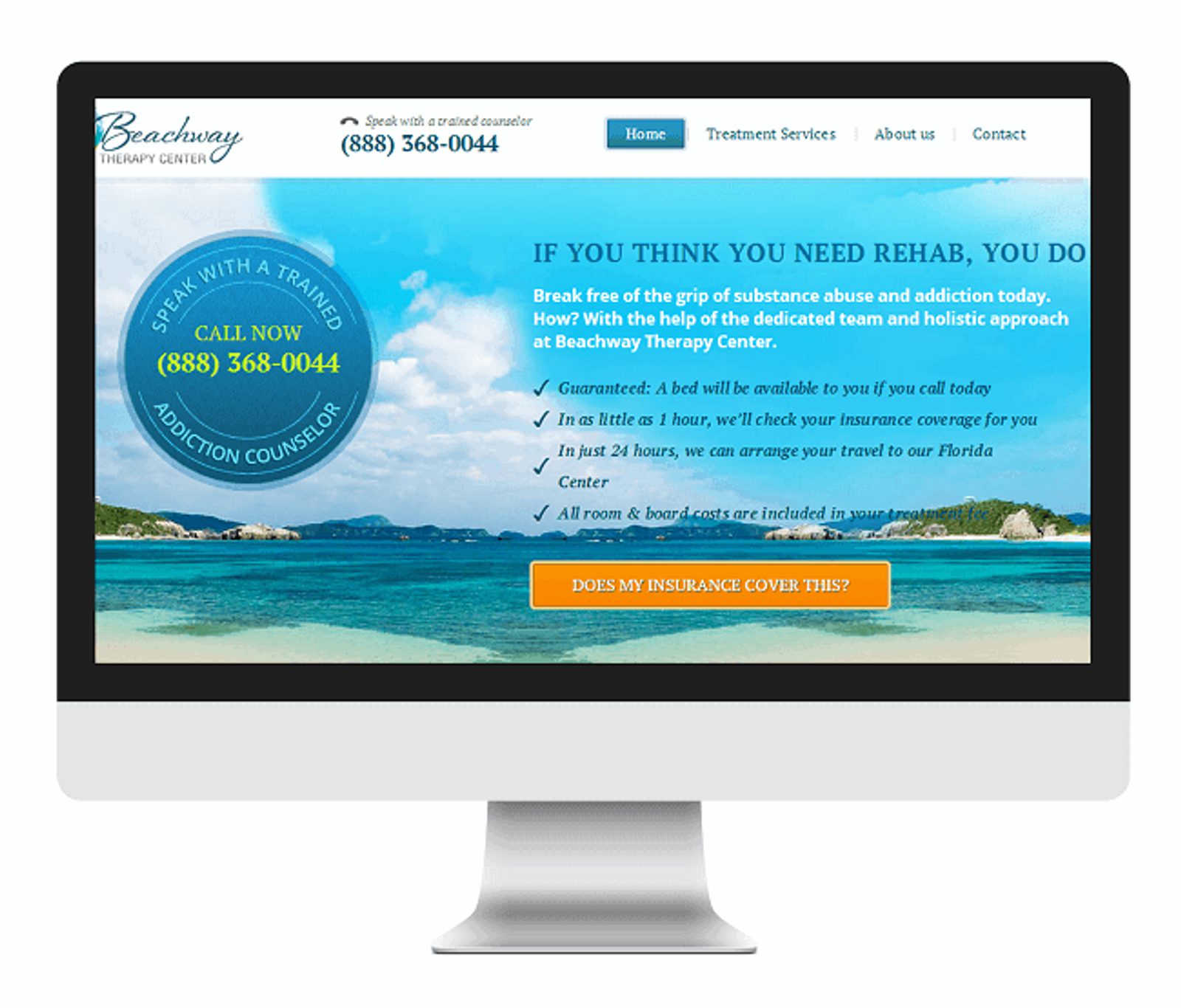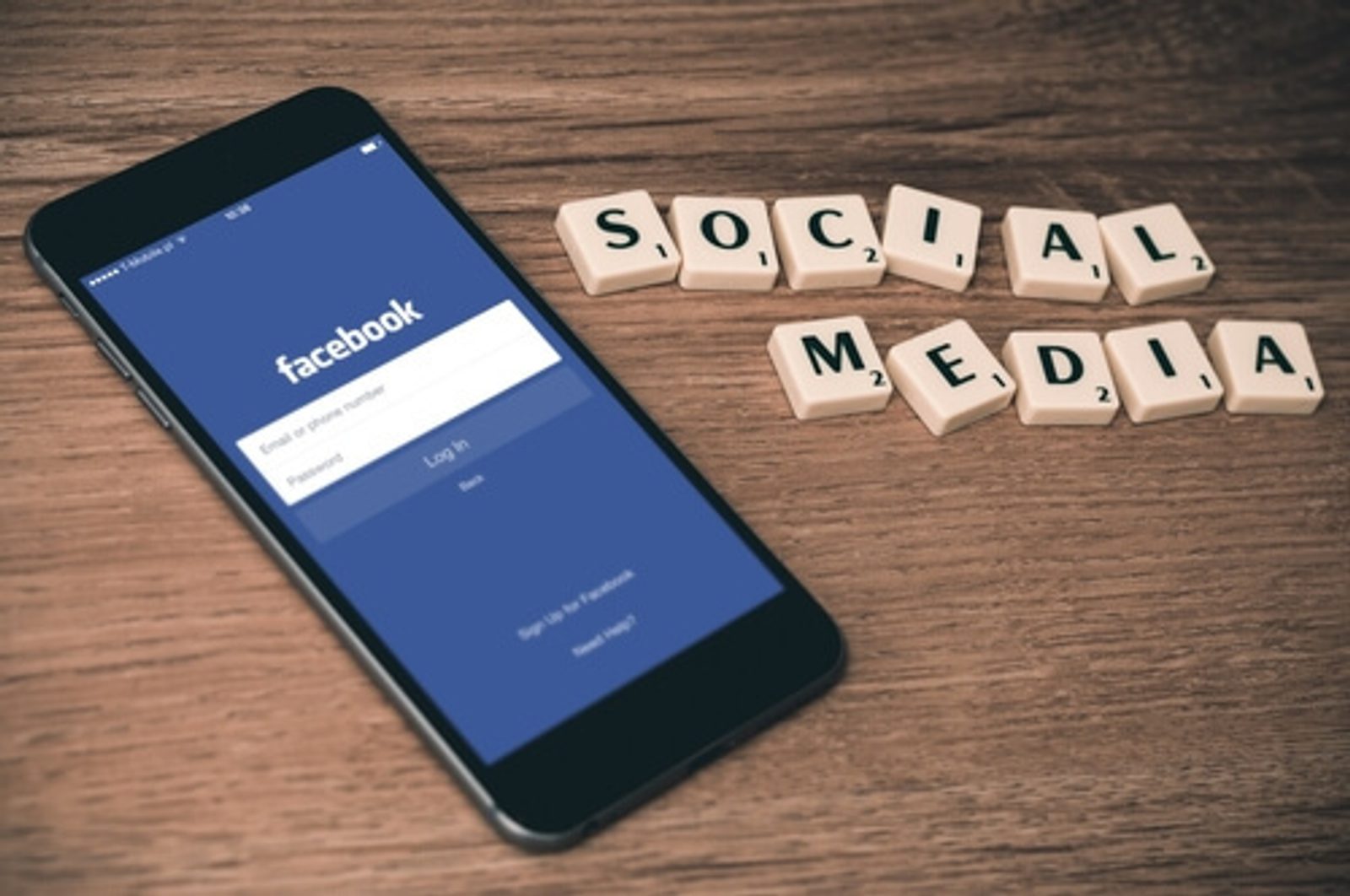Know your audience. Know your audience. KYA. Every marketing blog post in the history of the world has “know your audience” in it somewhere.
But...it’s kind of a lie.
Don’t get me wrong—understanding your audience is crucial. If you do it well.
The problem is that the term “know your audience” has been thrown around so much that it’s essentially meaningless. What does it mean to know your audience? How do you do audience research? Who is your audience?
When you really know your audience, you know exactly what to say in your marketing.
Most advice on KYA doesn’t tell you exactly what to say.
Before you keep reading, pause for a second. Do you know exactly what to say to market your business right now? The exact words that will make people sit up and notice your business? On the spot, no preparation. If not, the audience research techniques in this post will help.
Sometimes, you’ll hear advice about identifying your target audience using demographics. Or maybe psychographics. If you’re in B2B, someone might throw out the word “firmographics.”
If you go to Toastmasters or talk to journalists, they’ll talk about how you should know your audience before speaking or writing.
In a marketing crowd, you might hear a lot of talk about buyer personas.
But when you really dig into it, you’ll find that most "buyer personas" don’t seem to actually tell you all that much. Slapping a cute alliterative name like “Business Brad” or “Sales Sally” or “Musician Methuselah” doesn’t actually help you out when you sit down to, ya know...do some marketing.
When you sit down to define your positioning. Your place in the market. Your message. Your brand. You need more than basic demographics.
Here’s how you actually can know your audience. You'll learn:
- Why is it important to know your audience?
- 3 common audience research methods that don't work
- The benefits of knowing your audience
- 3 ways to get to know your audience better (and offer exactly what they want)
There's a lot of bad audience research advice out there. Here are 6 ways to get to know your audience better:
- Demographics
- Psychographics
- Online analytics
- Review mining
- Online conversations
- Live interviews
3 of those methods are terrible, and 3 are amazing. Do you know which 3, and why the good ones work so well? Keep reading to find out.
Try it now, for free
Why is knowing your audience important?
Knowing your audience helps you figure out what content and messages people care about. Once you have an idea of what to say, knowing your audience also tells you the appropriate tone and voice for your message.
Let me put this another way. Have you ever wanted to read minds?

What's this fella thinking?
The absolute best marketing messages make people feel like you’re reading their minds. You can state their pain points, challenges, goals, and desires so clearly that it feels like you’re living in a sweet penthouse apartment in their head.
Imagine for a second that you have a problem. It could be any problem at all—maybe you want to lose weight, or maybe the grout in your bathroom tiles is coming out.
Now imagine that the person you turn to for help exactly articulates your problem. They understand your beliefs, values, and attitudes toward your situation. You feel like they understand you.
They can describe your problem more clearly than you can describe your problem. All you can do is nod along while they talk.
You’re probably going to hire that person, right?
Have you ever heard someone talk about a public figure (often a comedian) and say “he’s saying what people need to hear” or “he’s not afraid to speak his mind.”
Do you know what they’re really saying? “He’s saying the stuff I believe but don’t talk about.”
When you know your audience, you can pluck the words right out of your customers’ mouths and use them in your marketing.
You can read minds.
That’s all pretty abstract. What actually happens to your business when you can read minds?
- You get more leads, because people feel like you understand them
- You get more customers, because leads feel like you understand them
- You get more referrals, because customers feel like you understand them
Sensing a theme?
Conversion rates go up. Social media shares go up. Email opens and clicks go up.
Sales go up.
By how much? Check out this example, written by copywriter Joanna Wiebe for the website of a rehab clinic.

Source: Copy Hackers
The new messaging on this site increased button clicks by 400%. It increased form submissions by 20%, even though the form was on an entirely separate page.
That’s what happens when you really know your audience. When you can get inside their heads. Digital marketing, content marketing….all your marketing improves.
You don’t get those kinds of results from a vague Musician Methuselah “persona.” Let’s talk about why many buyer personas are a mistake—and how you can really know your audience.
Why buyer personas are a mistake
Marketing Mary is a mom in her mid-thirties who lives in the suburbs of a major city. She’s married with two kids, college educated, makes $77,000 a year, and drives to work every day. At work, she manages a small team of three marketers and reports to the head of marketing.
If you want to sell her something, how would you do it?
To be frank, I have no idea how I would do it. Because even though I have a lot of “information” about my “Marketing Mary” persona, I know very little that actually matters.
What are the tasks she struggles with day to day? Where are her frustrations? What work does she love doing—and what work is she the most proud of?
Answers to those questions are a lot more important to me as a marketer.
If you know what Marketing Mary struggles with, you can position your product or service as an answer to her problems. If you know what she loves, you can show her how what you offer helps her do more of that.
Don’t get me wrong: a buyer persona can be valuable. If it includes the right information.
It’s just that...they often don’t.

After all that "persona development," you don't want to start with a blank page
And also—information about demographics and income level and all of those other details are important in the right context.
When Procter & Gamble is looking to optimize their product line by offering cleaning products at every price point and for different uses around the home—knowing their target market’s income level and type of dwelling (e.g. home, apartment, etc.) is probably crucial.
P&G probably does need to do market research surveys and questionnaires. They probably need focus groups, competitive intelligence, and a SWOT analysis. A mix of qualitative and quantitative research and complex data analysis is probably valuable.
But do you need those things?
Here’s a quick breakdown of some of the common audience research techniques that you might run into in the process of understanding your audience.
Demographics
Demographics is the study of populations. The word “demographics” comes from Greek roots (demos means people, graphic implies measurement). In other words, demographics is the process of using statistics to study the composition or change in a group of people.
Demographics gets complicated quickly. When you talk about the statistical study of populations, you start needing to think about stuff like
- How to accurately sample large populations
- Population size
- Population dynamics
- Sampling bias
- Direct vs. indirect methods of collecting data
When you’re using demographics to build audience profiles, it’s also important to consider that the demographic that uses the product isn’t necessarily the same as the one that buys the product.
Sometimes spouses buy things for each other, or their children. Department heads buy things for their businesses but do so on the recommendation of their managers.
The picture gets complicated quickly.
For your marketing, it’s not that demographics don’t matter at all. There’s probably a difference between talking to a parent in their 40s and a single person in their 20s.
Where you may run into problems is that demographics don’t tell you how your audience feels

Having a lot of information can trick you into focusing on the wrong information
Know your demographics—using them in your marketing materials is a fast way to filter out your best customers. If you say “I help women in their 40s lose weight,” women over 40 will be interested and everyone else will leave you alone (which is exactly what you want).
What’s crucial is that you don’t stop at demographics. You need more information to create great marketing messages.
Psychographics
Psychographics is a qualitative market research field that’s used to research the psychology of an audience or target market.
Psychographics is a major step forward from demographics because psychographics tells you a lot more about the kinds of things your audience cares about.
For our Marketing Mary example, demographic information tells you that she:
- Is in her mid-thirties
- Makes $77,000 per year
- Manages a small team
- Reports to the head of marketing
Psychographic information might tell you that she:
- Struggles to manage her workload while also managing a team
- Is interested in social media marketing
- Wants a promotion but isn’t sure how to negotiate salary
- Is very into building model trains
This kind of information tells you a bit more about what you do to market things to Marketing Mary. Maybe you can reach her on social media, or model train forums. Or position your product as a way for managers to get their work done.
Psychographic information is useful in that it tells you broadly what your message can be. Psychographics tend to focus on “AIO variables” which stands for:
- Activities
- Interests
- Opinions
AIOs help you understand more about your audience—but they still don’t quite give you the information you need to create your marketing message.
Once again, psychographic data is useful on a large scale. A huge company like Procter & Gamble can use psychographics to position its “portfolio of brands” at different target markets.
To create your specific messages, though, you’ll want more detailed info. In a few moments, we’ll talk about research that tells you exactly what to say.
Online analytics
There’s a huge marketing trend in the last few years. “Data-driven” marketers are everywhere.
As free platforms like Google Analytics have made it easier and easier to access data about what people are doing on your website, marketers have been eager to use data to prove the results of their work.
John Wanamaker, one of the early marketers, once said “Half the money I spend on advertising is wasted; the trouble is I don't know which half.”
In a lot of cases, analytics solves this problem. When you run Facebook Ads or PPC ads, you can see exactly how much money you make for each dollar you spend.

It's relatively easy to know the ROI of channels like Facebook Ads
Analytics are extremely useful for marketers—and they can help you send your messages to the right people at the right time.
Some ways to use analytics include
- Seeing which product pages and landing pages people visit on your site, then sending those people messages that offer them those products (this can be done automatically)
- Tracking engagement with different types of content, so that you can focus your efforts on the material that gets you more customers
- Retargeting people who get halfway through your funnel, to push them to the next step
By seeing where people go on your website, you can make some important inferences about what will turn them from leads into potential customers. And then into customers.
That’s valuable information.
...but then what?
Analytics are valuable and useful. So are demographics. And so are psychographics.
But none of those research methods tell you exactly what to say to people.
When someone lands on a product page and you send them an automatic email, you know what to offer them (the product). What specifically should you say in that email?
You know that someone needs to be able to manage their team more effectively. What marketing message can you create that will make them believe your product is the answer?
Here’s where we get deep into “knowing your audience.”
The results of knowing your target audience
Check out this homepage from Clockspot, a company that sells employee timesheet software.

I don't even need to track time and I want this
Combining demographic and psychographic information could tell you that small business owners struggle to manage employee timesheets.
It could tell you that they want to “save time.”
But notice how much better this messaging is.
“Save time” is a generic benefit. Everyone claims to save you time. It’s not specific—and even though it’s the high-level benefit of online timesheet software, someone reading a statement like “saves you time” is going to think “Does it really though?”
When you look at this page, there are some hyper-specific benefits listed:
- “No more paper, messy spreadsheets, or manual calculations”
- “Know exactly when employees arrive and leave work. No more guessing.”
- “Run payroll reports in just a few clicks”
- “See who's working when and where all in real-time on the web”
These benefits are exactly the problems that a small business owner needs to solve. They’re also powerfully emotional.
And the phrase “save time” doesn’t appear once on the entire page.
Messaging that’s hyper-specific is better because it sticks.
“No more paper, messy spreadsheets, or manual calculations” is something that the reader can actually imagine. I know what messy spreadsheets look like, and I’d love to stop doing them.
The same goes for “run payroll reports in just a few clicks.” That’s the same as “save time” in some ways—but it’s a message you can picture in your head.
Which makes it more memorable. And emotional
Perhaps the greatest living copywriter, Gary Bencivenga once said:
“The vast majority of products are sold because of the need for love, the fear of shame, the pride of achievement, the drive for recognition, the yearning to feel important, the urge to look attractive, the lust for power, the longing for romance, the need to feel secure, the terror of facing the unknown, the lifelong hunger for self-esteem and so on.
Emotions are the fire of human motivation, the combustible force that secretly drives most decisions to buy. When your marketing harnesses those forces correctly you will generate explosive increases in response.”
So let’s talk about how you can create messages like that.
3 ways to get to know your audience better
Where do great messages come from?
They don’t come from copywriters or any other kind of marketer. The best messages come directly from the mouths of your customers.
Advertising legend David Ogilvy, among other famous marketers, talked about this idea in his memoir Confessions of an Advertising Man.
“Unless you have some reason to be solemn and pretentious, write your copy in the colloquial language which your customers use in everyday conversation.”
In other words, this is a marketing truth that has been known for a long time—but somehow remains a secret weapon. One that you can harness.
In 2017, copywriter Joel Klettke showed how this kind of “voice of customer” copywriting is so effective in a talk at Unbounce’s Call To Action conference.

Joel Klettke at CTA Conference, via Unbounce
Look at how much better it makes these messages:
- “Sales made simple” → “You hate guesswork and busywork – so we made sales less work”
- “Affordable time tracking payroll software” → “The only time tracking tool that pays for itself”
- “Breakthrough native reporting limitations” → “Get the reports your CRM can’t give you – without the headache it does”
Great messages use the exact words that your audience uses to describe their own problems.
That’s why knowing your audience is so important. And all you need to do is get your audience to tell you about their problems in their own words.
Here are three tactics you can use to get the exact words your audience uses.
1. Review mining
“If you think you need rehab, you do”
Remember that headline? I mentioned it earlier, but here it is again.

Source: Copy Hackers
Joanna Wiebe is a great copywriter, but she didn’t write this headline. She plucked it out of someone else’s mouth.
She used review mining.
As a quick reminder, this updated messaging caused a 400% increase in button clicks and a 20% increase in form conversion rate. The previous headline, which is beaten, was “Your Addiction Ends Here,” the kind of headline that’s typical of marketing websites.
Where did the new message come from? An Amazon review on a book about ending addiction.
Wait, really?
Yes really. Online reviews are a massive source of voice-of-customer language. When people leave reviews on products (positive or negative) they usually include information like:
- What they liked about the product
- The specific problem that they wanted to solve
- How the product was able to solve their problem
- Other things they wished the product included but doesn’t
Seems like stuff that could be pretty useful, right?
If you still aren’t convinced, let me walk you through a quick example.
Imagine for a moment that you run a fitness business and wanted to get some VOC language. Open up Amazon and search for fitness books. You’ll quickly find yourself reading the reviews for the popular book Body for Life, by Bill Phillips.

And the very first review is a gold mine.
Look at all this copy that you could use!
- “This routine is all about working smarter, not harder or more often.”
- “You’ll get the kind of figure that most people find sexy”
- “If you’re looking to get in shape without needing to spend long hours in the gym”
- “Perfect for the busy person who can’t spend an hour and a half doing weights or cardio in the gym”
- “It’s much easier to find a partner who can commit and stay committed! Your partner only need to meet up for under 3 hours a week”
- “I also like the suggested eating regime, 3 meals a day and 3 (meal-replacement) shakes a day. Who wants to eat 4 to 6 meals of food a day? Not me, that’s why I like this system so much.”
Put it on your website. In your emails. In Facebook ads. Use it everywhere—because it’s great messaging.
And it doesn’t just work for fitness. Remember, Joanna Wiebe used the same technique to write copy for a rehab center.
You can use review mining on Amazon reviews, or anywhere else that your audience leaves reviews online.
It will help you find better messages. And it’s something you can do right now.
2. Online conversations
Amazon reviews aren’t the only place that your audience is talking online. Anyplace your audience talks about their problems is a source of information for your marketing.
We wrote a full article on how to do this kind of market research, but here are a few of the places you might consider checking:
- Quora. If you want to know the questions people have, Quora is literally a site where people ask questions about their problems.
- Reddit. Dubbed “the front page of the internet,” Reddit is a huge site with lots of subreddits (smaller communities) dedicated to specific interests.
- Facebook Groups. They can be tricky to find, but people are often willing to share problems in Facebook Groups that they wouldn’t share more publicly.
- Forums. Aren’t forums dead? Not exactly. There are still valuable forums out there, and they tend to be dedicated to niche topics (which makes for better research).
What does this process look like? It’s basically the same as review mining. Just not for reviews.
To return to our fitness example, check out this Reddit post about being overweight.
Lots of gold in that post. Let’s highlight one comment in particular.

Sometimes anonymity leads to a lot of honesty
Wowee! More incredible insights here, along with some great language to consider using:
- “Being fat is a lifestyle, and not being fat is a different lifestyle.”
- “I feel better. I feel happier. Instead of hating myself when I binge eat…I’m proud of myself.”
- “Every aspect of my life is being changed.”
There are a lot of specific benefits listed (skin cleared up, less greasiness). This is the kind of message you can expect to find from studying online conversations.
You can see how people feel.
3. Interviews with real people
Review mining and online conversations are powerful because you can do them literally right now.
Go open Google, type in “[your product category] reviews,” and you’ll get better messages in minutes.
At the same time, there’s no substitute for real, live interviews with real, live people.
The biggest thing that’s missing from online conversations is a follow-up question. “Tell me more.” That’s a question you want to be asking over and over to get at the really compelling messages hiding in your audience’s head.
You can’t do that on a Reddit thread that closed 3 years ago.
Actual face-to-face (or phone-to-phone) conversations are hands-down the best way to know your audience—and create better messages.
In a customer interview, you get to ask questions like:
- What’s the hardest part about _____?
- How does ____ make you feel?
- When you were getting started with _____, what were you thinking about?
- Where do you go to find information about _____?
- How well does _____ solve your problem?
And then you get to say “Tell me more.” You get to hear real, personal stories—the kind that leads to great copy and marketing messages.
You get the information you need to know your audience.
Conclusion: What “know your audience” really means
As you can probably tell, I think it’s crucial to know your audience. I also think that knowing your audience is a lot harder than it sounds.
Understanding your audience is way harder than slapping a few pieces of demographic information into a “persona.”
And it’s not something you can do in a conference room. You need to talk to real people.
Once you uncover the deep, burning pain points of your audience (and the language they use to describe those pain points), you can level up your marketing messages.
Behavioral data shows you the people visiting a certain landing page on your website? Now you can follow up automatically—and know exactly what to say to get more customers.
That’s what it means to know your audience.









